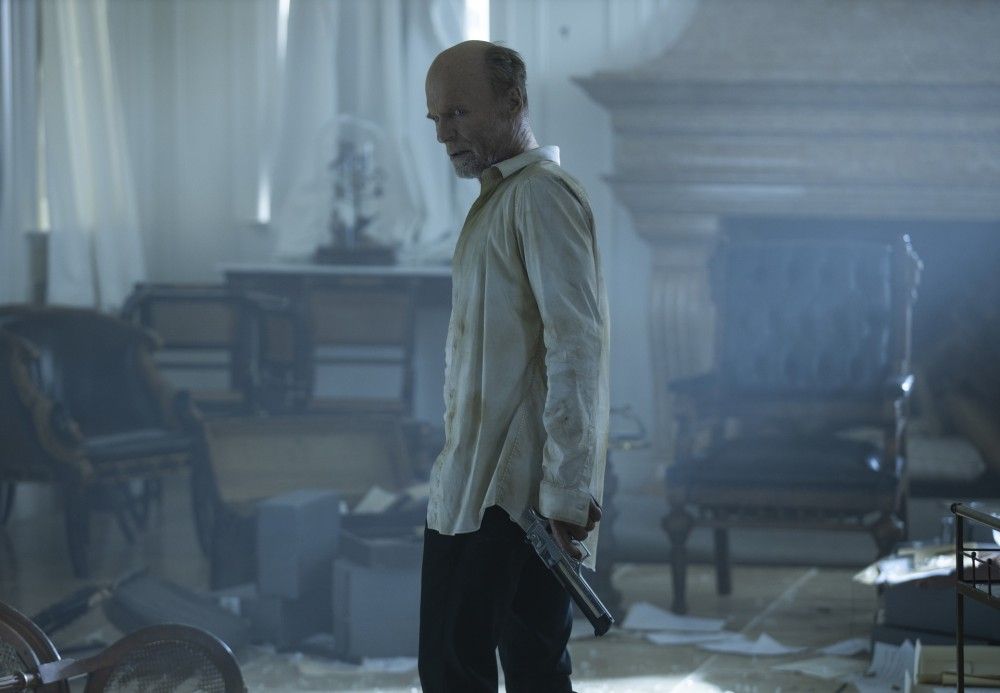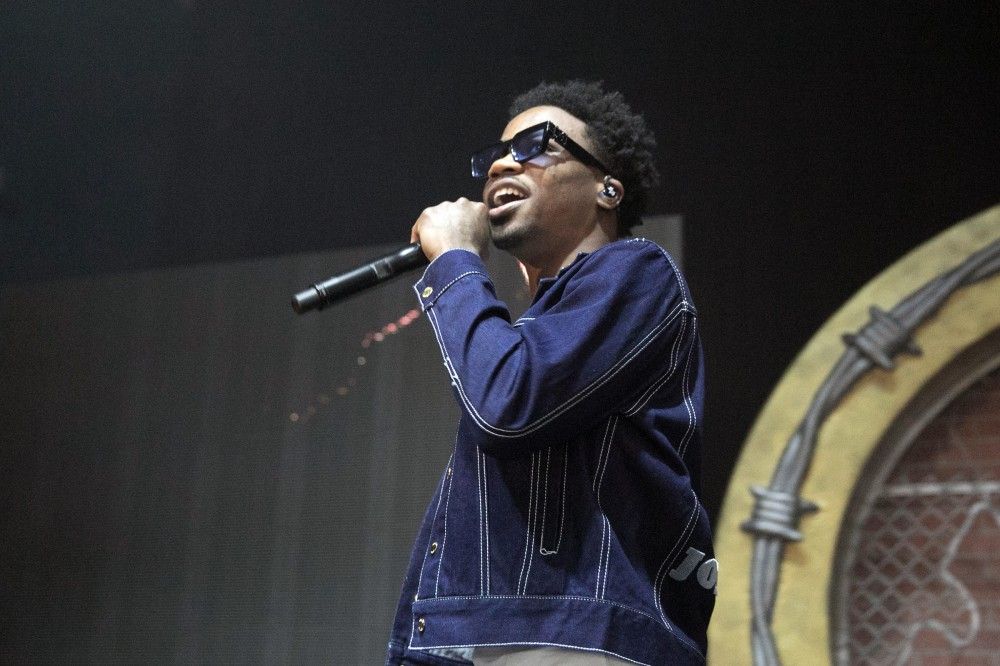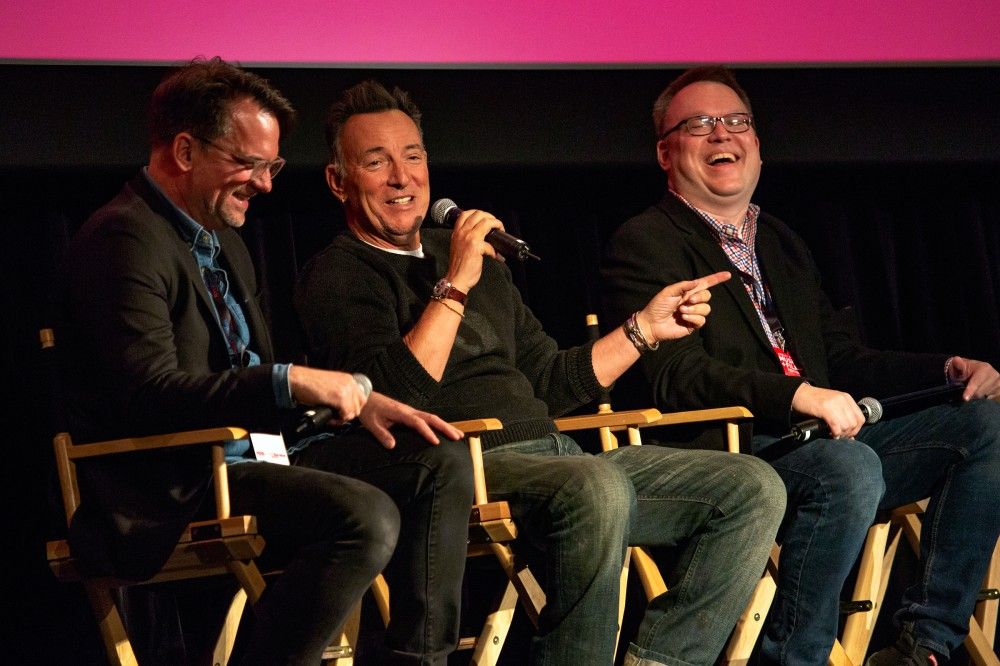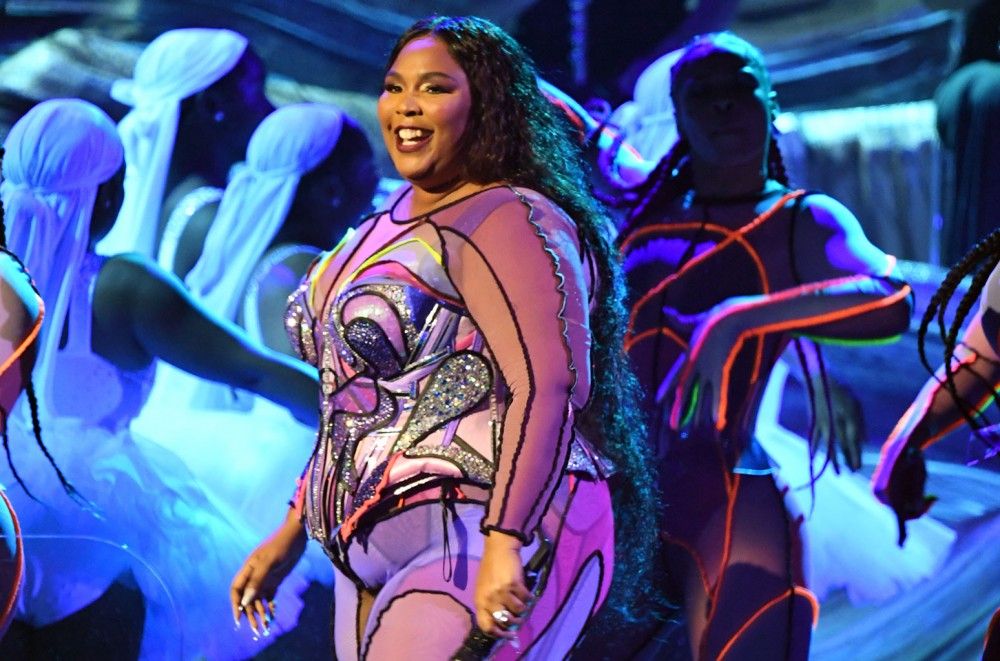
'Westworld' Recap: A Self-Made Woman
Season One had the Maze. Season Two had the Door. And for a few minutes during tonight’s ultraviolent episode (“The Mother of Exiles”), it looked like had a new theme in mind: the Hunt. (There was an alt-orchestral cover of Björk’s song “Hunter” in this one, after all.)
And in keeping with this season’s more straightforward storytelling, the object of the Hunt was to be simple: Finding out the identities of the five android hosts whose “pearls” — the equivalent of their brains — Dolores smuggled out of the park when she flew the coop. Different characters want to do this for different reasons. Bernard and Stubbs want to stop her before she can kill and replace any humans with these rogue robots. Serac wants Maeve to help him figure this out as part of his effort to capture Miss Abernathy and download all the guest data she has stored in her noggin, in order to get his all-powerful predictive algorithm back on track.
Then comes the big reveal, delivered in triplicate across three separate storylines. Dolores didn’t free five other hosts. She just made five copies of herself.
Charlotte, the acting president of Delos? That’s Dolores, who replaced the original Ms. Hale with a robot replica and stored her consciousness aboard it. She confesses this to a highly unhinged William — a.k.a. the Man in Black — just before she has him committed and seizes power for herself.
Connells, the security chief for Incite executive Liam Dempsey Jr.? That’s also Dolores, and has been ever since she used this body to kill the genuine article a few episodes ago. He outs himself to Bernard, who’d been trying to keep Dempsey from falling into her hands.
Sato, the boss of the yakuza in Singapore…who’s also somehow Musashi, the warrior android from Shogun World? We’re not exactly sure how that works — how can an existing host replace a totally different human without people realizing it? At any rate, he’s Dolores as well, as he tells Maeve…right before impaling her with a sword and leaving her lying in a striking puddle of red blood and white 3D-printer goo.
(And just for the record, the actual Dolores? She’s actually Dolores. It’s Doloreses all the way down.)
So ends the hunt, nearly over before it began. As Westworld revelations go, this is a pretty easy one to grasp, and it’s all the more effective for it.
Ditto the paths each storyline took to get there. Each one offers its share of techno-crime-thriller action and intrigue along the way, too. At Serac’s bidding, Maeve infiltrates the Singaporean underworld, including a funny bit in which she tracks down a maker of fake IDs known as the Mortician who is, um, actually a mortician. One nasty psychic shootout with a bunch of guards later and she’s face to face with Sato/Musashi, giving actors Thandie Newton and Hiroyuki Sanada a chance to execute some badass fight choreography.
Maeve and her human friend Caleb, meanwhile, white-knuckle it through various high-tech safeguards to drain Liam’s bank account, crash an Eyes Wide Shut sex auction, and attempt a kidnapping. They’re nearly foiled by Bernard, but one wicked all-out brawl between Dolores and Stubbs later and the plan is back on track. (Though it seems like luring Lowe out from hiding was a key component anyway.)
But is there a degree to which the anonymous violence Dolores and Maeve execute in pursuit of their goals feels a bit…distasteful? It’s safe to say yes, particularly on a show so concerned with how we treat people we see as less human than ourselves. It’s also probably true that in mowing down random goons and executing witnesses in cold blood (RIP, Mortician), the hosts are merely serving as a mirror to the worst traits of mankind. But that doesn’t explain the show’s the popcorn-movie atmosphere, or the post-murder quips (“I suppose I’ll show myself in, then,” says Madame Millay after killing half a dozen people). Sometimes these violent delights feel a bit too delightful, if you take our meaning.
Maybe that feels like more of a fault this week because this episode actually serves up one of the most interesting explorations of humanity’s violent tendencies that the show has done yet. In the hallucination (or is it?) that kicks off the hour, the Man in Black is grilled by his dead daughter Emily about whether he chose to kill her in the park last season, or whether he was somehow biologically programmed to do it. “Are you free, and evil,” she asks him, “or blameless, and helplessly enslaved?” He can’t have it both ways. He’s still wrestling with the question, and screaming at his imaginary kid, up until the moment Charlotte/Dolores springs her trap on him and has him hauled away.
So the Man in Black ends the episode as the Man in White, decked out in insane-asylum chic, talking to a version of Dolores he isn’t even sure is really there. Then again, he’s not sure he’s really there either: With just a little prodding from his quite-possibly-hallucinated Miss Abernathy, he wonders aloud if he is in fact the William that we know, or something else entirely. “Welcome to the end of the game,” she replies unhelpfully.
Let’s say William is a host version of himself now: That would track with the closing scene of Season 2, in which the character gets tested for “fidelity,” a term used by the show to describe how close a robotic replacement gets to the original human. Then again, that could have been a hallucination too. Westworld: It’s still complicated! The big difference now, though, is that it realizes there’s no harm in keeping it simple every now and then.
Previously: Identity Crisis



